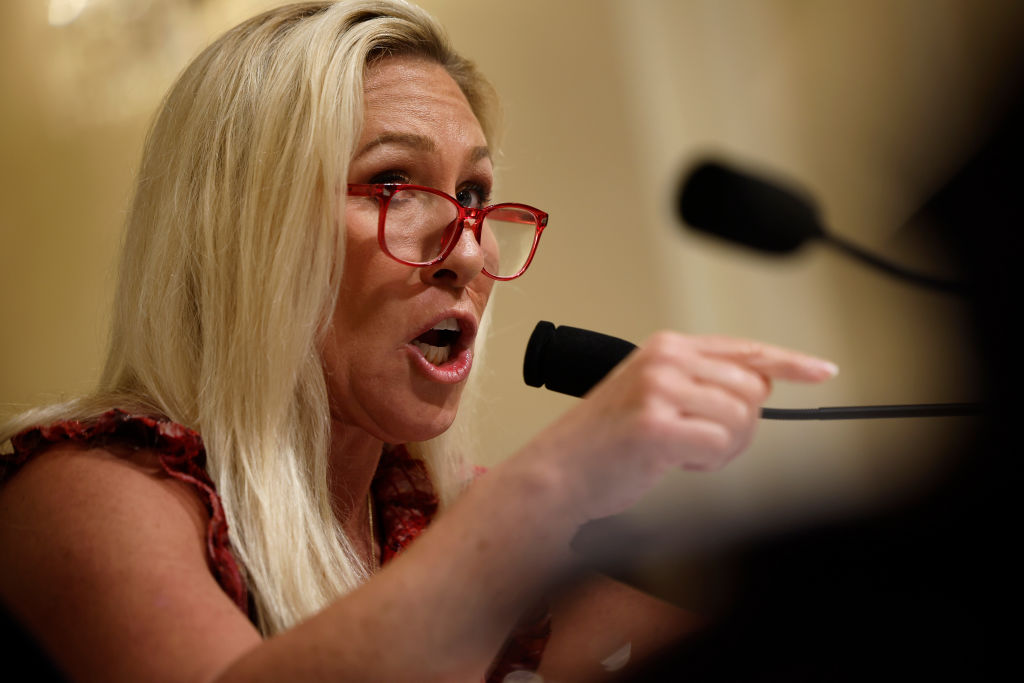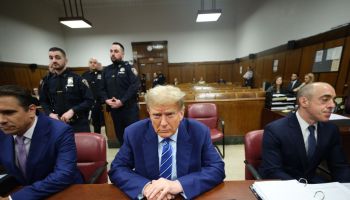Louisiana — Retired schoolteacher Ardessie Francois is still teaching; this month she’s helping to teach children about the history and traditions associated with the seven-day Kwanzaa holiday.
Francois and the local National Association of University Women chapter hold an annual Kwanzaa event to educate children on the holiday; this year it will be held Dec. 30 at Central Middle School at 3 p.m.
“Each year, we do a Kwanzaa to enlighten the children as to what it’s all about, and we have a Kwanzaa ceremony, where we explain to them what the symbols represent,” Francois said.
Kwanzaa is a syncretic, seven-day African-American holiday created by Dr. Maulena Karenga in 1966, and is celebrated by millions of people of African descent around the world.
Although created less than 50 years ago, the holiday is deeply rooted in African culture and language, deriving many of its words from the Swahili language.
Celebrated from Dec. 26 to Jan. 1, the name Kwanzaa is derived from a Swahili phrase meaning “first fruits”.
Francois said that children are encouraged to bring a fruit. “To represent the fruits of the harvest, each child is asked to bring a fruit. But they leave with a different fruit.”
The intention of the holiday is to help remind African Americans of their historic roots in Africa.
It is not, Francois insisted, a religious holiday, but a cultural one.
“This is not a religious holiday, and we stress that. It is not taking the place of Christmas, but it takes place after Christmas,” Francois said.
Individuals of any religion, including Christian, can celebrate Kwanzaa, because it has no religious connotation, Francois said.
Traditionally, the oldest girl in the household lights one of the candles in a special candle holder called a kinara.
The colors are black, red and green, which represent peoples around the world of African decent, their struggles and their hopes for the future, respectively.
Each candle represents one of the seven principles of Kwanzaa, which are: Umoja (unity), Kujichagulia (self-determination), Ujima (collective responsibility), Ujamaa (cooperative economics), Nia (purpose), Kuumba (creativity) and Imani (faith).
Each day is dedicated to a different principle, and families celebrating Kwanzaa plan activities and discussion around that principle.
“We encourage the children to think about the principles, and relate them to their own life and experiences,” Francois said.
There are seven items which symbolize Kwanzaa; including the candles and the kinara, there are also a straw mat, symbolizing the struggles of ancestors; ears of corn, which each represent a child in the family; fruits and vegetables, which symbolize the harvest of the fields; a unity cup, to represent the unity of family and community; and the giving of educational gifts, to represent developing the potential of children.
Read entire article at ZacharyToday.com
Share this post on Facebook! CLICK HERE: http://widgets.fbshare.me/files/fbshare.js
Fantasia’s favor [from Hellobeautiful.com]
Nicki Minaj calls Rihanna “The best
fondler ever” [from Hellobeautiful.com]
Songz ex-bodyguard diss record “warning shots,” attempts to expose Trey
[from TheUrbanDaily.com]
Antoine Dodson’s “Chimney Intruder” song
[from Theurbandaily.com]
















